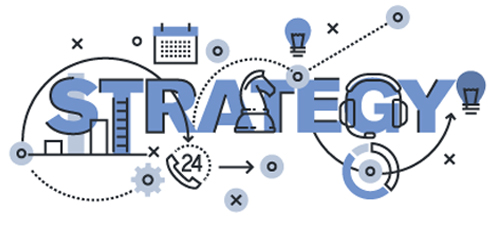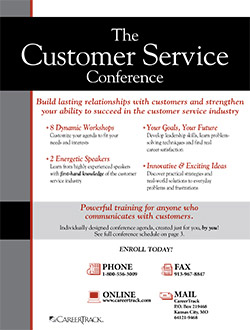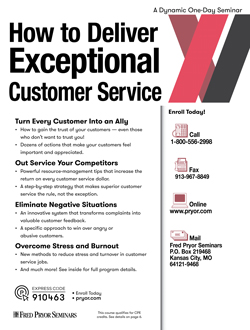Customer Service Training Activities: Stories and Strategies
The best team building activities allow people to have fun, while also creating something that will be useful to the team in the future. In this post, we share some small group activities to share with your customer service teams.
First, form small groups of people that provide similar types of customer service: 4-5 people in a group are ideal.
- Provide each group with a stack of index cards. Have each person write down the top 3 customer service problems or requests that they receive – 1 per card.
- Next, have the group agree on the top 5-7 problems or requests represented.
- Then, have the group develop responses for each of the top questions or requests. Depending on the group’s work, this may be relatively easy, or, if people are answering the same problem or question in different ways, it may take longer to reach agreement.
- Each group will ultimately generate a “library” of 5-7 common problems/requests and responses. As a group, talk about possible strategies for sharing this information across the team and/or with future customers. Could the team’s work be turned into an FAQ document for distribution or posting? Could it be folded into orientation training for new employees? Identify any possible action items from the process.
Here are a couple of variations on the exercise:
- Instead of having people list common requested and questions, have them share the most unusual or funny problems/questions they have received. Have others in the group explain how they would have responded to the question or problem, to see how similar the responses are around the group. This can provide valuable insights about the consistency of customer service responses your team is providing.
- As a follow-up to this variation, have the group discuss the need or concern that prompted the unusual or funny question/ problem, and what the associated response would be. The goal here is to both assess and develop your team’s sense of empathy and critical thinking skills. Are they able to engage in a meaningful way, even when the incoming request seems out of the norm?
These exercises can facilitate information sharing and consistency, generate valuable content and help develop a feeling of team identity that lasts long after the event. Give it a try, and respond to this post with any tips of your own!





